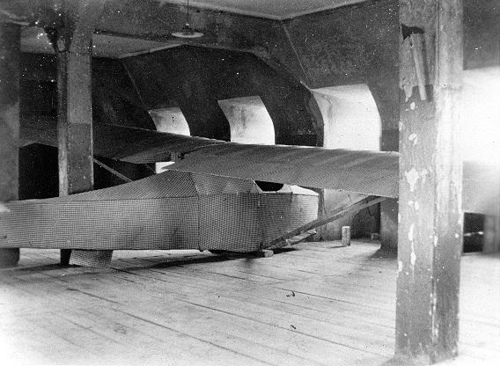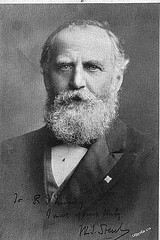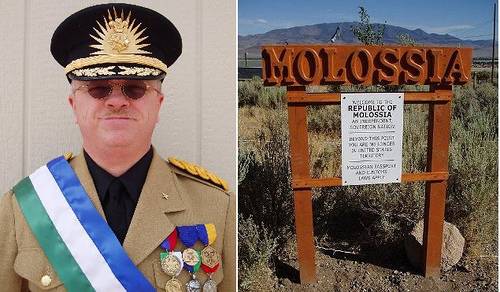There was a Man who presented to Henry the Great of France, an Anagram upon his name, (Borbonius) which was Bonus Orbi, Orbus Boni; the King asked him what it meant, he told him, That when his Majesty was a Hugonot he was Bonus Orbi [good to the world], but when he turned Catholick he was Orbus Boni [destitute of good]; a very fine Anagram, saith the King; I pray what Profession are you of? Please your Majesty I am a maker of Anagrams, but I am a very poor Man: I believe it, said the King, for they that use that Trade cannot grow very Rich.
— William De Britaine, Humane Prudence, 1693



